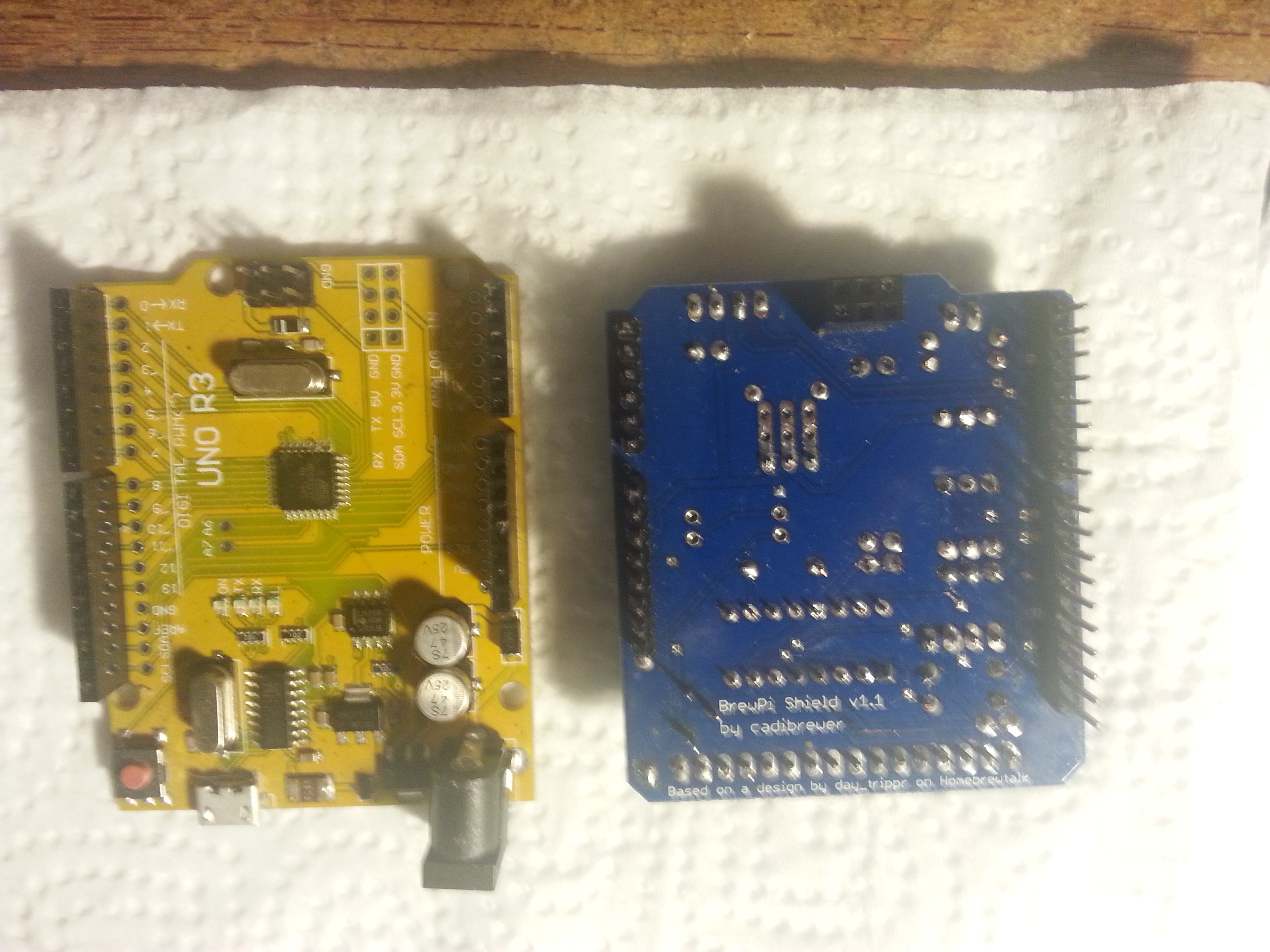rocketpants
Member
Cheers @Thorrak,
Would it be easier to set up an autoupdating chart option, or a button to reload the chart on demand (or repurpose double click to load the new chart data)? Then the visibility status of each line should be retained (I think). I've been playing round with dygraphs for a bit but am by no means an expert. full of ideas but not much help.
Hey @rocketpants - glad you like it!
There currently is not any caching of which graph lines are enabled/disabled, unfortunately. This may come at a later date, however, as you’re not the first person to request it.
Would it be easier to set up an autoupdating chart option, or a button to reload the chart on demand (or repurpose double click to load the new chart data)? Then the visibility status of each line should be retained (I think). I've been playing round with dygraphs for a bit but am by no means an expert. full of ideas but not much help.





























![Craft A Brew - Safale S-04 Dry Yeast - Fermentis - English Ale Dry Yeast - For English and American Ales and Hard Apple Ciders - Ingredients for Home Brewing - Beer Making Supplies - [1 Pack]](https://m.media-amazon.com/images/I/41fVGNh6JfL._SL500_.jpg)

































